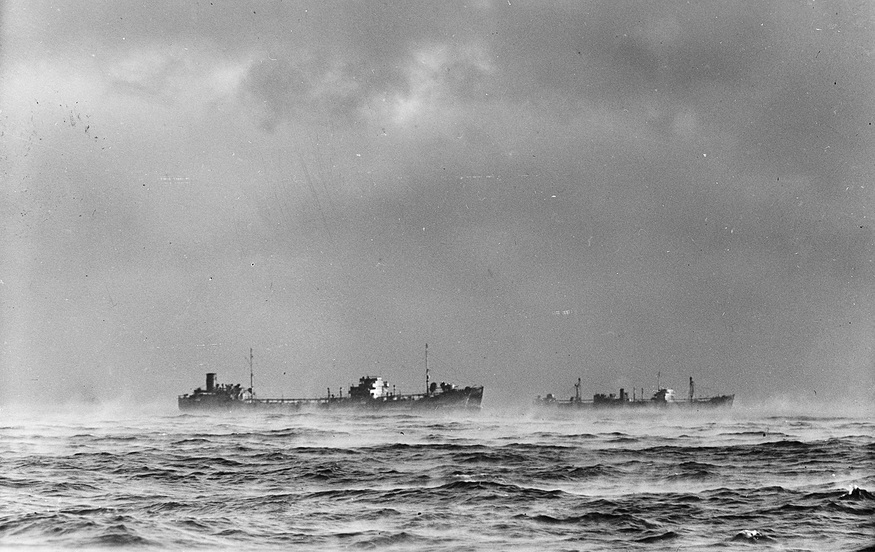A new photographic exhibition at the National Maritime Museum in Greenwich looks at the grim task faced by the crews of the Arctic convoys in the Second World War.
Quick history recap. During WWII, vast amounts of food, munitions and other essentials were shipped around the world to support Allied campaigns. The most famous route (at least in this country) involved perilous journeys across the Atlantic between North America and Britain. U-boats were a constant threat, and many lost their lives in mid-ocean encounters (on both sides, as depicted in the film Das Boot).
Even more harrowing, if perhaps less well known today, were the Arctic convoys that shipped supplies to Russia's northern coast. As well as facing the same threat of torpedo and aircraft attack, the crews also had to brave biting temperatures, huge waves, thick fog and treacherous ice floes. Churchill dubbed it 'the worst journey in the world'.
The National Maritime Museum's exhibition marks 70 years since the first convoys left harbour. While mostly photographic, the show also includes paintings by war artists and clothing worn by sailors. Many of the photographs have never been shown in public before. After visiting, you can continue the chilly theme by heading down to the museum's High Arctic exhibition, which continues until mid-January.
Arctic Convoys, 1941-1945 runs at the National Maritime Museum, Greenwich from 21 October 2011 to 28 February 2012. Entrance is free.










